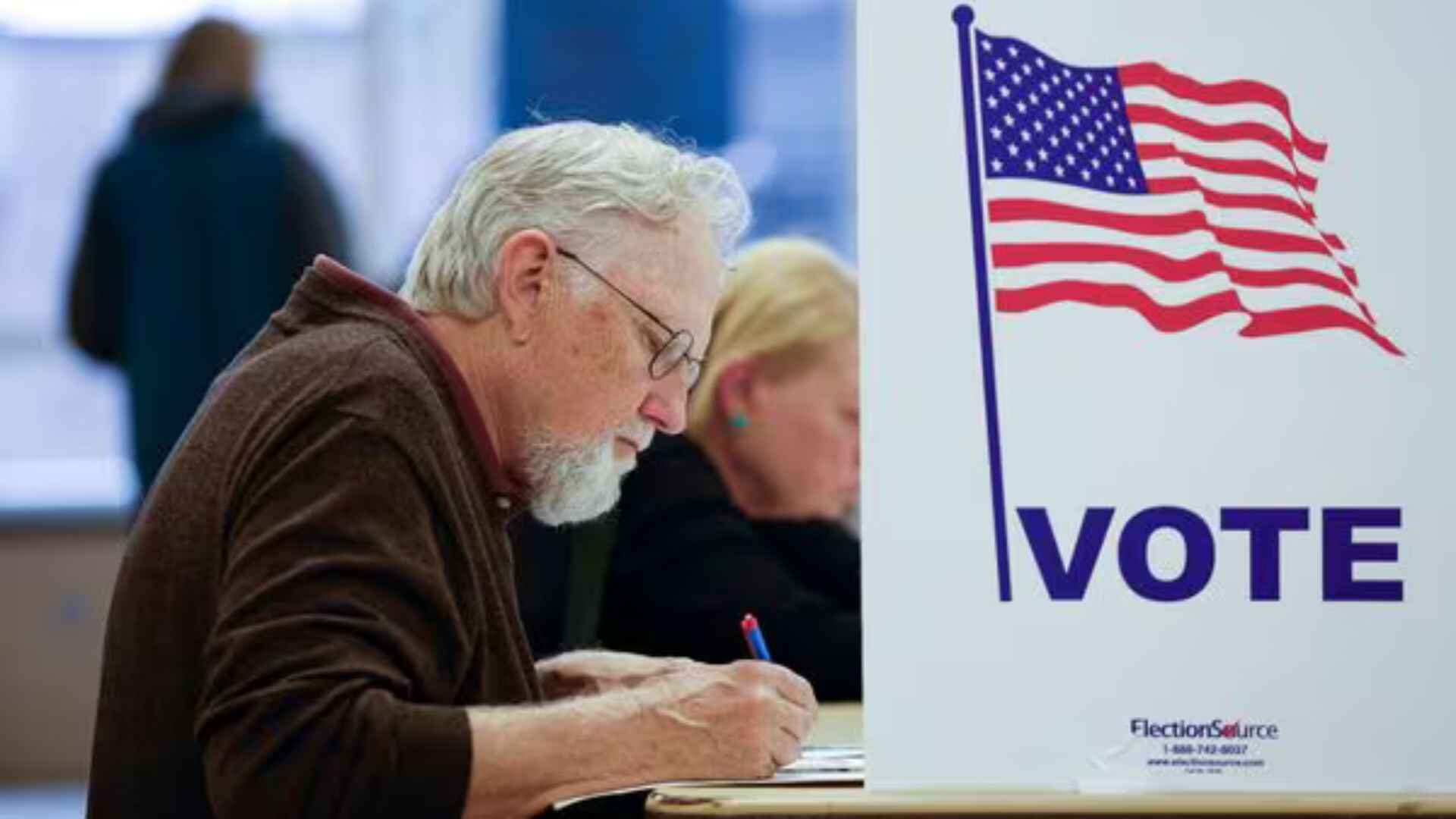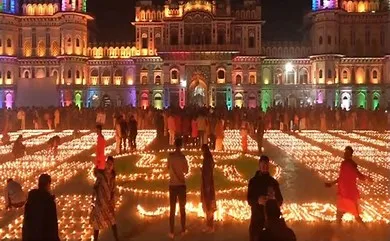In less than 24 hours, U.S. voters will cast their ballots in one of the nation’s most consequential elections, set to shape not only the future of the United States but also impact global geopolitics for the next four years. Here’s a look at some key aspects of the election process and the path to results.
The Numbers Game
The U.S. Electoral College comprises 538 votes: 435 from the House of Representatives, 100 from the Senate, and 3 from Washington, D.C. To win the presidency, a candidate must secure at least 270 electoral votes. Each state has a designated number of electoral votes, with California holding the most at 54, followed by Texas with 40, and Florida with 30. In contrast, smaller states like North Dakota, South Dakota, Delaware, and Vermont each have 3 electoral votes.
The U.S. follows a “winner-takes-all” system, where the candidate with the most votes in a state claims all that state’s electoral votes. This system applies to Washington, D.C., and 48 states, with the exceptions being Maine and Nebraska, which allocate their votes proportionally.
In addition to the presidential race, 34 Senate seats are up for election, along with the entire House of Representatives. While the House will see a complete turnover, only one-third of the Senate seats are being contested.
Must Read: Obama Slams Trump’s “Demeaning” Remarks On Race, Warns Voters Against His Bias
Electoral College and Popular Vote
The U.S. president is elected through the Electoral College, an intermediary body chosen by voters. When Americans vote, they are actually selecting electors who will formally vote for the president in December. Each state’s electors are based on its total seats in the House and Senate, a system designed to ensure balanced representation across all states.
The popular vote represents the direct votes cast by the public. It’s important to note that a candidate can win the popular vote but still lose the presidency if they fall short in the Electoral College. For example, in 2016, Donald Trump won 304 electoral votes to Hillary Clinton’s 227, despite trailing her by over 2 percentage points and nearly 3 million popular votes. A similar outcome occurred in 2000, when George W. Bush narrowly defeated Al Gore in an election ultimately decided by the courts.
Swing States
Most states consistently lean toward either the Democratic (Blue) or Republican (Red) Party. However, “swing states” are battlegrounds that can shift either way and often decide the election. The key swing states in this election are Nevada (6), Arizona (11), North Carolina (16), Georgia (16), Wisconsin (10), Michigan (15), and Pennsylvania (19).
History in the Making
Despite the presence of smaller parties, the election is a showdown between the Democratic and Republican candidates. Vice President Kamala Harris represents the Democrats and aims to make history as the first female president and the first Indian-origin president. Republican candidate Donald Trump, the former president, is seeking a return to the White House after his 2020 defeat. If Trump wins, he will be the first president in over a century to serve two non-consecutive terms.
Polls suggest a tight race, with most leads within the margin of error. According to national polls aggregated by FiveThirtyEight, Harris has a slim lead of 1 percentage point over Trump (48% to 46.9%). NBC News and Emerson College project a 49%-49% national tie, while Ipsos shows Harris with a three-point lead (49%-46%), and AtlasIntel gives Trump a two-point edge (50%-48%).
Polling and Counting Timelines
Polling times vary by state, but most voting will take place between 6 a.m. and 8 p.m. local time on Tuesday. Exit polls will start shortly after voting begins, though final results will only emerge once counting is complete in all states.
The first polls close around 7 p.m. ET (5:30 a.m. IST) in six states, including Georgia, while the final polls close in Hawaii and Alaska at midnight ET (10:30 a.m. IST). With all polls closed by 1 a.m. ET (11:30 a.m. IST), counting will begin in earnest. While results from smaller states may be projected quickly, key battleground states could take several hours to determine a winner.
Also Read: Voter Fraud Claims Flood Social Media On Eve of US Election Day 2024























